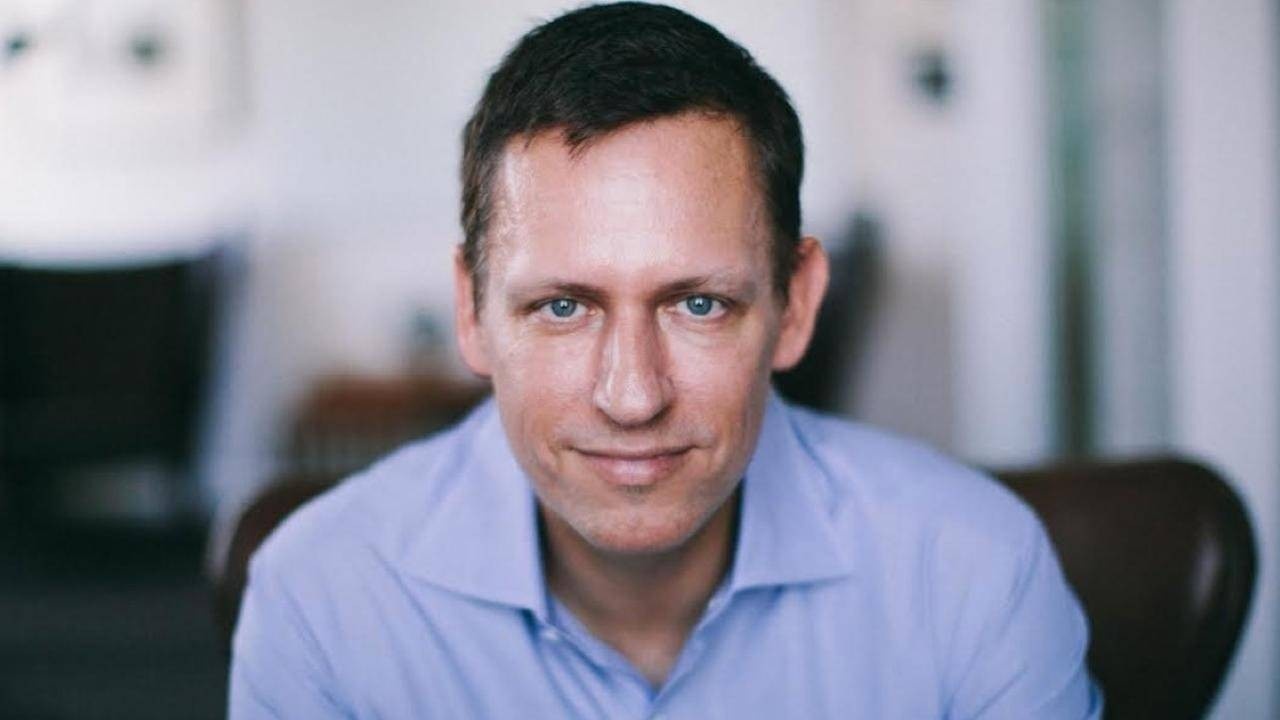The Secret Formula for Go-to-Market
Written by Dave Bailey

According to Peter Thiel, “Poor distribution — not product — is the number one cause of failure.” Here’s a smart way to think about your distribution strategy.
My favourite lecture at Stanford GSB was ‘Marketing’ with Jim Latten. It stuck with me not just because he’s a rock-star professor, but because the main idea was so simple.
Learn new skills every week ->
Before Stanford, the art of distribution was a bit of a black box to me. It was complicated by different channels, promotions, campaigns, partnerships, etc. So, if I was asked about customer acquisition, I’d replied with the standard response: “Facebook Ads, PR, and a bit of social media.”
Inevitably, Facebook Ads turned out to be more expensive than I’d planned, PR proved highly unreliable, and social media . . . well, let’s not mention social media again, okay? I suddenly felt way out of my depth.
A simple way to think about ‘go-to-market’
Jim’s approach to go-to-market is so simple that you’d be forgiven for underestimating it. The whole idea is summed up with a single equation, but it’s incredibly powerful:
Distribution = Eco-system Participants + Incentives
Here’s a quick explanation.
1. Map out your customer’s ecosystem
Park your product to one side and think about the world your customer lives in. Who or what are the people, places and companies that they interact with every day? Who is in their ‘field of vision’?
Take a piece of paper and start mapping out all the participants. Here are some general categories, but you’re looking for specifics — and lots of them.
- Media
- Offline services
- Online services
- Events
- Networks
- Finance and banking
- Education and training
- Shops
- Retail staff
- Advertisers
- Social influencers
2. Draw arrows in the direction of influence
Ask yourself who influences who? I’m not just talking about those people on Instagram who post selfies all day. Who already has access to your customer today and, if incentivised, could present your product to them on your behalf?
Draw arrows to represent the strength of the relationship — the thicker the arrow, the stronger the influence. If you need to, add in more participants that ‘influence’ the main influencers. Customer ecosystems are typically highly complex.
3. Design incentives for key eco-system participants
As Charlie Munger, Warren Buffet’s business partner, says:
“Show me the incentive and I will show you the outcome”
A great distribution strategy gets other people to present your product to your customer, by matching incentives to the most influential participants. You can group incentives into one of two buckets: financial incentives and non-financial incentives.
Learn new skills every week ->
Financial incentives
Financial incentives are common. For example, you can pay Facebook money and they will show your product ad. You can pay salespeople a commission and they will close the sale for you. You can give your existing customers extra credits and they will invite their friends.
But most companies don’t fully capitalise on non-financial incentives.
Non-financial incentives
To grow faster for less, think about how you can incentivise the key influencers without using money. What can you offer someone who already reaches your customers that costs you nothing?
To get the creative juices flowing, here are some ideas:
- Can you offer additional features or services? Dropbox gives 25 GB of extra cloud storage for those who share with a friend, or share on social media.
- Can you give out status or titles? Tinder appointed ‘ambassadors’ at universities and gave them a budget to hold parties to publicise their dating app.
- Can you provide early/free access? Facebook gave early ‘exclusive’ access to selected developers before launching their new AR platform.
- Can you throw a useful event or party? YPlan got their advisor Pharell to perform at their New York launch party.
- Can you give out merchandise? Apple made its iconic iPod earbuds white so they’d be visible to people nearby.
- Can you tell a great story? PR essentially incentivises journalists with a great story, which they can write to increase their page views.
Think distribution-first
The earlier you think about distribution, the more scope you have to build it into your product design and business model. Once you’ve established the key influencers in your customer’s ecosystem, speak to them early, to understand what motivates them.
Money isn’t your only resource. Creative non-financial incentives can be just as powerful and are much more scalable. Give people something that’s valuable to them . . . and easy for you to provide.
Continue reading about product development:
- Pitching to an important sales prospect? Learn how to run a compelling sales meeting.
- Building out your sales team? Here's how to create the right sales team structure for your business.
- Have a new product? Discover when to start marketing your product.
Originally published Mar 19, 2019, last updated Apr 3, 2024
How do top founders actually scale?
I’ve coached CEOs for 10,000+ hours—here’s what works.
Join 17,000+ founders learning how to scale with clarity.
Unsubscribe any time.




